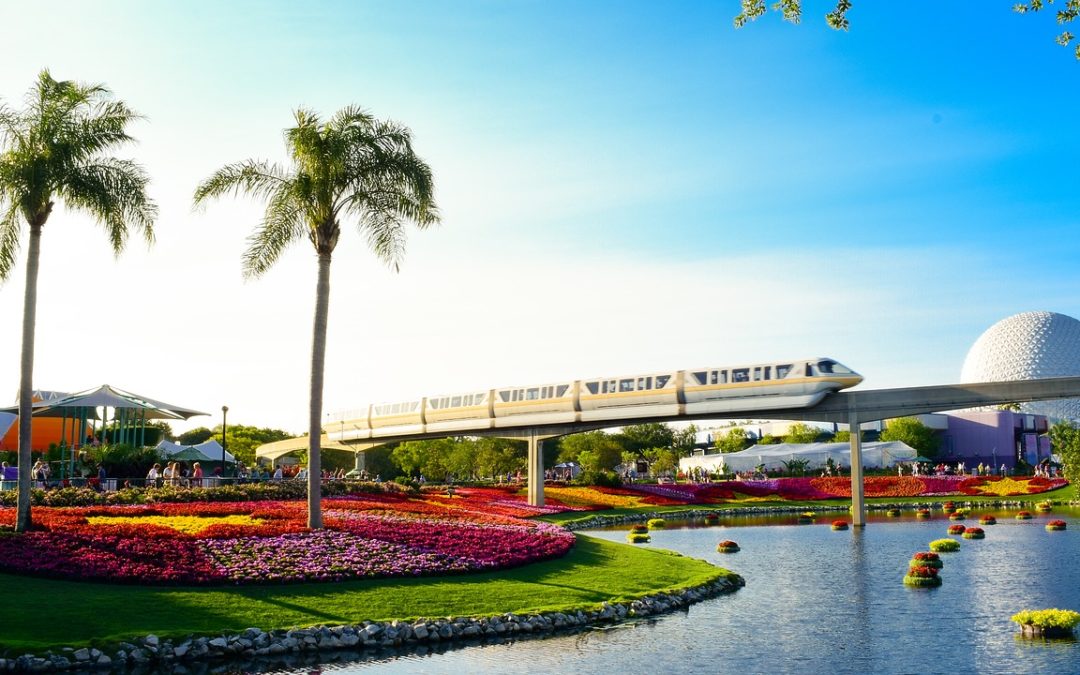A Creative Spark in the Heart of Downtown
The Creative Village will build upon the foundation of Orlando’s digital media industry. The project is transforming the previous Amway Arena into a 68-acre mixed-purpose, transit-oriented, urban neighborhood in the middle of Downtown Orlando. The vision of the Creative Village is to establish an innovation district that combines education, residency, hospitality, and commercial property to develop a self-sufficient and diverse urban area.
Changing the Landscape
The joint campus of the Creative Village opened in August of 2019. The campus brought in over 7,000 students, which is about the same size of Rollins College and Stetson University combined. In addition, it provided jobs to hundreds of staff and faculty members.
The most visible building in the Creative Village is UnionWest, a 15-story building. The building has five stories of classrooms and commercial kitchen space for Valencia’s culinary arts program. If you go beyond the classrooms, you will find student housing, which offers furnished dorms and refrigerators that are underneath the beds. The ground floor has restaurants that are open to the public. Some of the restaurants include Dunkin, Qdoba Mexican Eats, and Subway.
>> Related Content : Mobile App Development
Sustainability
The development of Creative Village is a model of core principles and practices of sustainable development. The material used for the Creative Village was recycled from the former Amway Arena. Through sustainable efforts, the old Amway Arena was able to be demolished using environmentally safe methods. The urban design of the Creative Village helps to shed light on numerous social and economic issues such as health and wellness, different types of housing, access to public education, parks, mobility and transportation services, and sustainability initiatives. Furthermore, sustainability initiatives of the Creative Village offer opportunities for energy-efficient construction materials, energy-saving appliances, efficient systems, EV charging stations, LED lighting, and Low irrigation landscaping and recycling.
Safety
The increased foot traffic that the Creative Village will bring means there will be a need for added security. Additional measures to ensure safety will include lighting underneath the underpass and having security guards in place from 7:00 am to 11:00 pm. There will also be downtown ambassadors whose primary job will be to safely escort students and residents, as well as provide directions.
However, the city of Orlando will not be the only ones increasing their security. The University of Central Florida will also hold jurisdiction at eleven locations, such as academic buildings, garages, and other spaces that are south of Livingston Street. The Orlando Police Department will cover the other areas. In addition, the agencies will also have a shared radio channel to communicate and will be able to use their radio systems deep inside each building. Lastly, the University of Central Florida will be installing their Blue Light Emergency Phones, which allow a caller to contact police dispatchers directly.
Connectivity
The Creative Village will be near the Sunrail and LYNX Central Station. Therefore, residents and students will have easy access to jobs, education, social services, government facilities, and entertainment. The LYNX LYMMO Bus circulator system finished its expansion in 2017 and will work with the Creative Village, Parramore, and the west side of Downtown Orlando to provide added transportation services.
In Summary
When the Creative Village is completed, the development will support a diverse and dynamic community. The new development project will provide access to high-quality education and career opportunities. Lastly, Creative Village will showcase the best practices in sustainability and responsible development.

